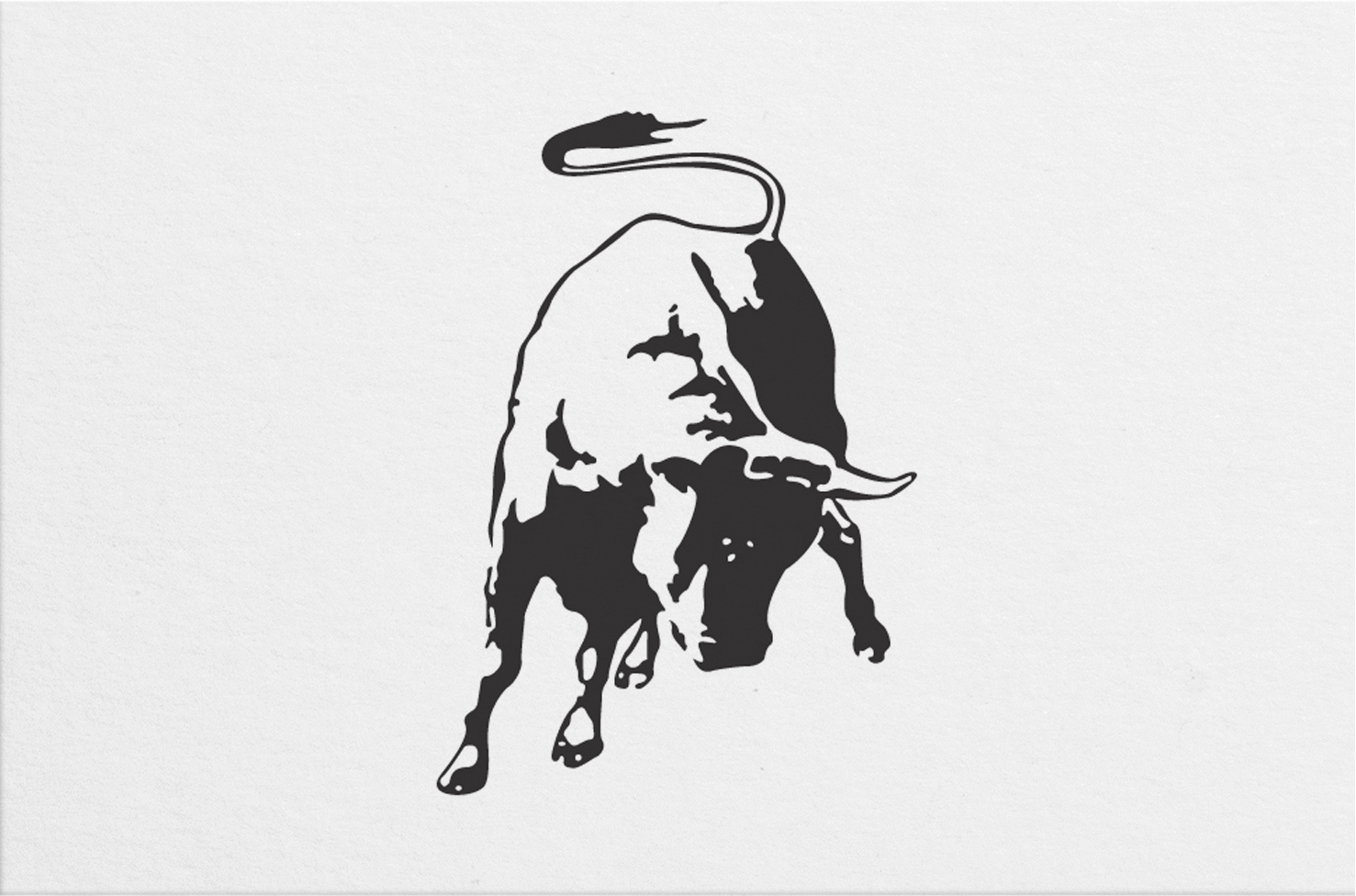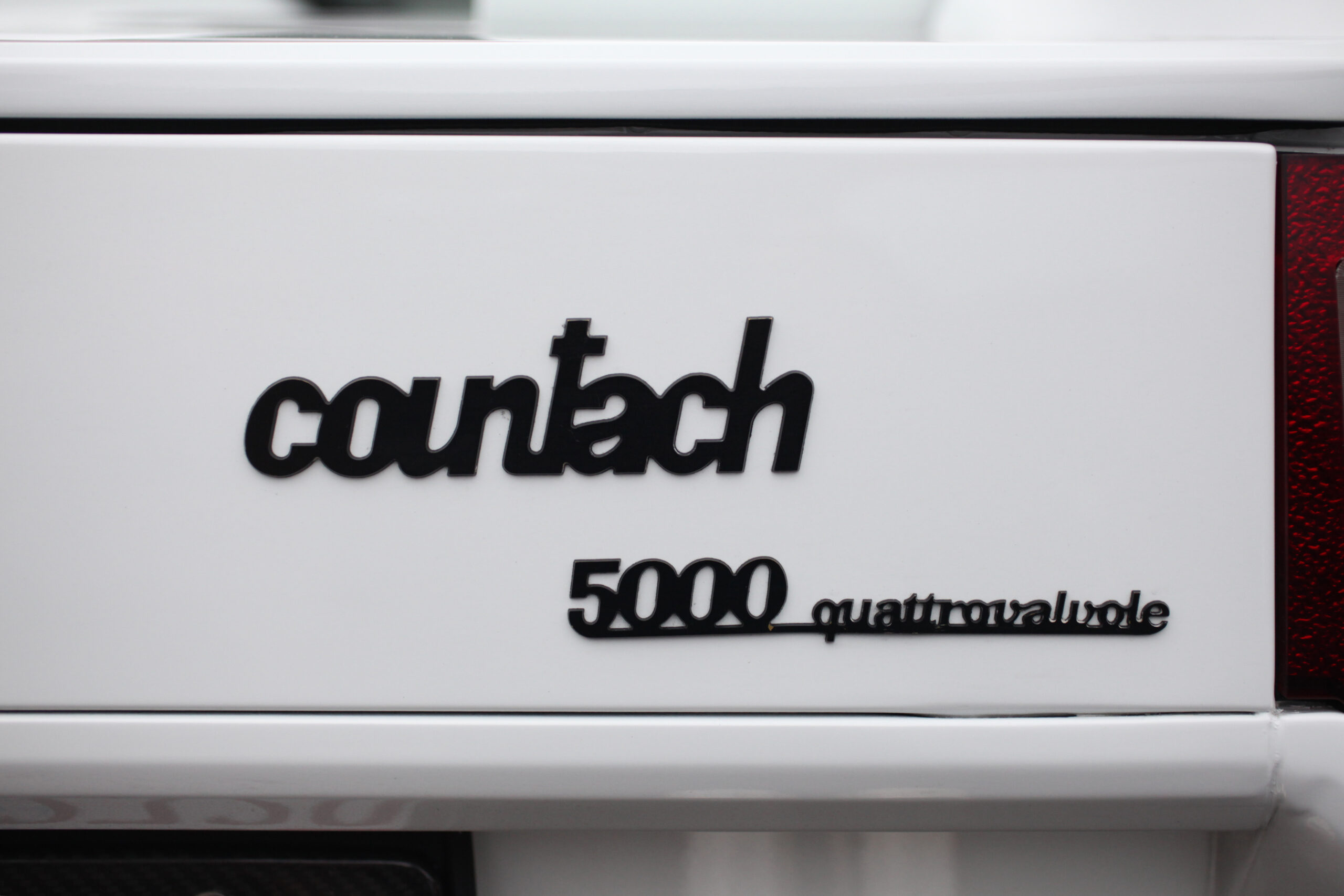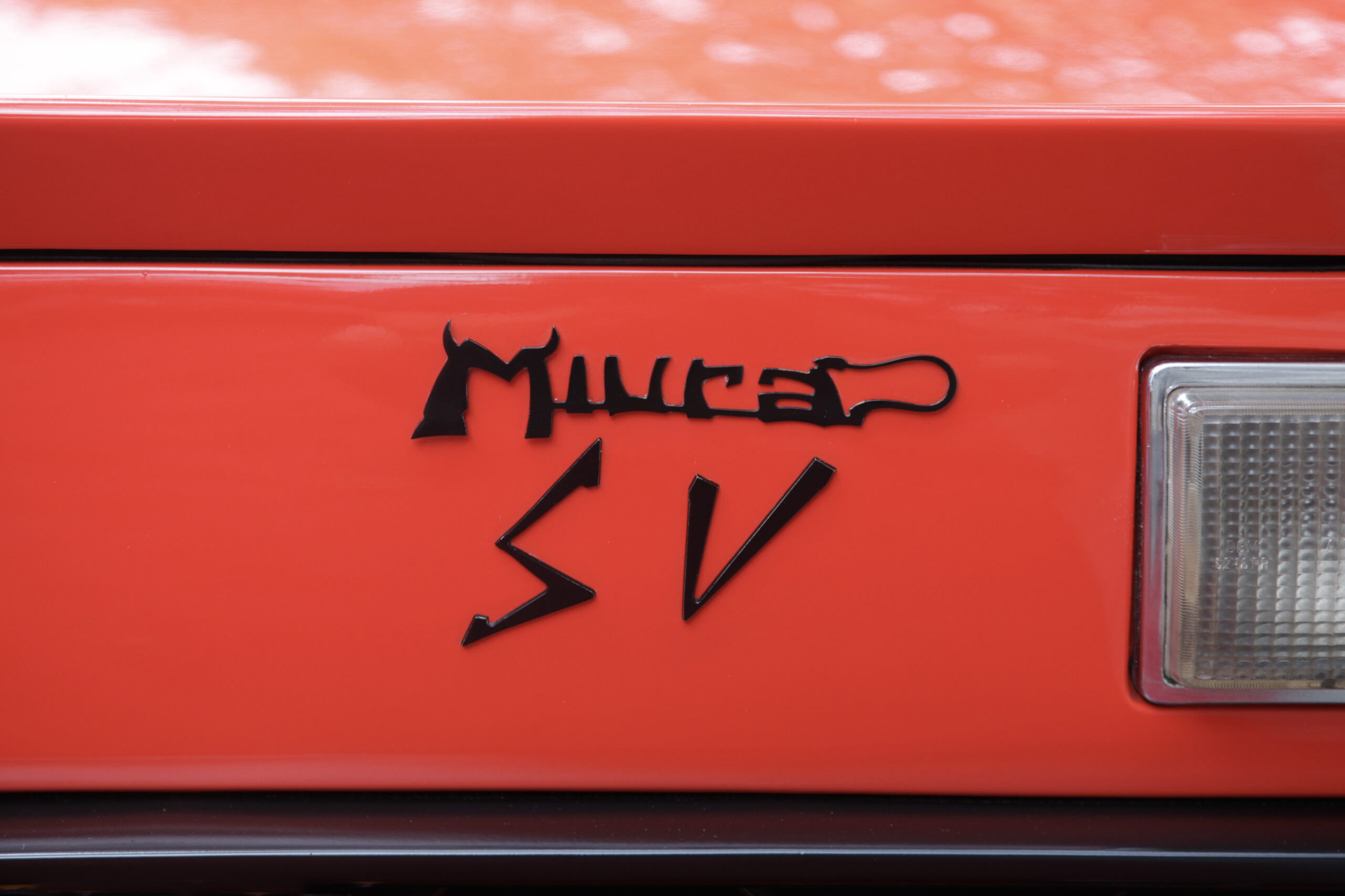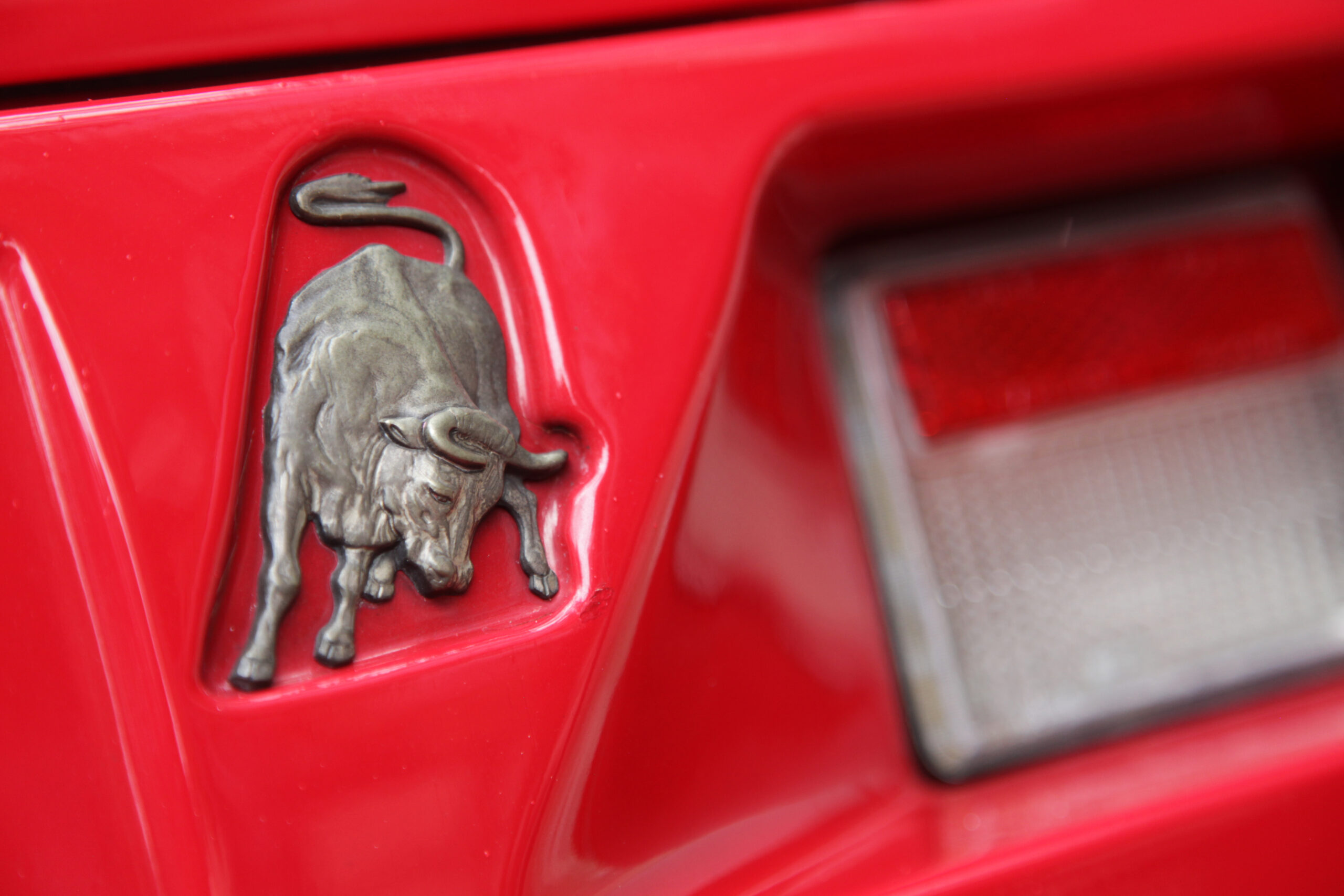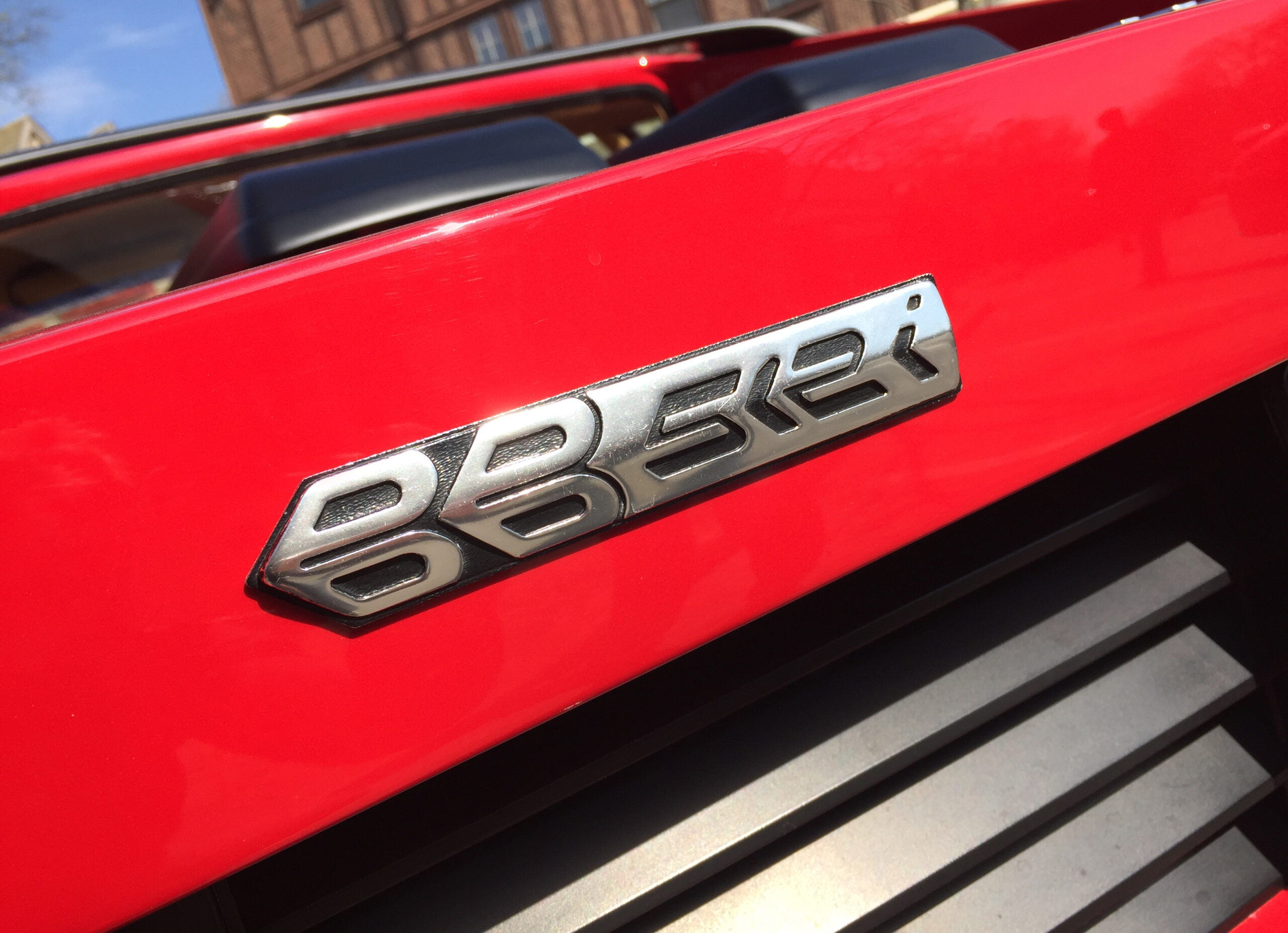The history of Automobili Lamborghini is a fascinating story of a challenge overcome and of records broken. It began in the early 1960s, when Ferruccio Lamborghini, the determined owner of a tractor factory and a successful entrepreneur, resolved to build a new luxury super sports car.
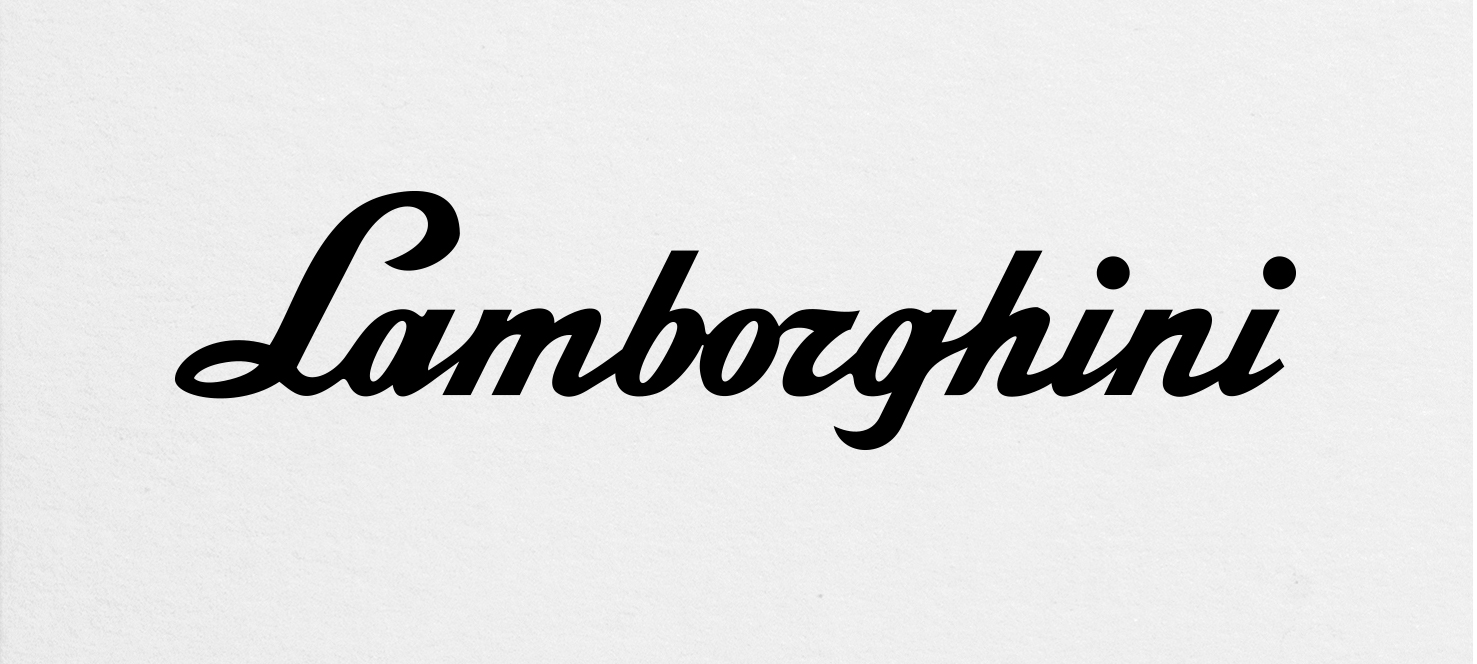
He thus began working on his ambitious project and, in 1963, bought a huge plot of land in the town of Sant’Agata Bolognese, in the province of Bologna, where he would build a large and highly modern factory. The company bore his name, and a bull was chosen as a logo to express the strength and power symbolized by his astrological sign, Taurus.
The first model was swiftly developed to meet the date set for its official presentation at the Turin Auto Show, scheduled for early November 1963. Thus was born the 350 GTV, a Gran Turismo prototype with a longitudinal, front-mounted V12 engine. The first car produced, was introduced in 1964, the 350 GT. The first true Lamborghini, it had been redesigned by Carrozzeria Touring to have a less extreme look. The engine was again the V12, but this time it was detuned (320 HP). This was the first in a series of automotive masterpieces destined to make the Lamborghini brand a worldwide legend.
The next model is internationally renowned as an automotive icon: the Miura. Designed in 1965 by a Lamborghini engineering team headed by Gian Paolo Dallara and Paolo Stanzani, and with a body conceived by Marcello Gandini for Carrozzeria Bertone, it immediately became a highly coveted car for those who could afford it.
It featured a look that was sleek and sensual. It was only 105 centimeters tall and had a minimum ground clearance of just 135 millimeters. When the Miura was introduced at the Geneva Motor Show in 1966, it became an overnight international sensation destined to transform the sports car world. Its transverse rear 4-liter 60° V12 mid-engine, which was joined to a transaxle to form a single unit, churned out 350 HP at 7000 RPM and powered the Miura to a record maximum speed (at the time) of 280 km/h.
It was a refined and ultramodern project, far ahead of its time and doubtless inspired by the great racing prototypes that were challenging each other in the long-distance races of that era. Only many years later would the scope of its rear engine technology be broadened to encompass the most refined of road-going sports cars.
With the Miura, which took its name from Edoardo Miura, who was a close friend of founder Ferruccio Lamborghini and a famous breeder of bulls, Lamborghini began the tradition of giving its cars names inspired by the world of Spanish bullfighting.
Royalty, singers and actors alike: none was immune to Miura-mania. Dean Martin, Frank Sinatra, Johnny Halliday, the Shah of Iran, the Prince of Monaco, Little Tony, Rod Stewart, the model Twiggy, and many other famous names who wished to remain anonymous all caught the fever.
763 Miuras were delivered throughout the world, in three versions produced from 1966 to 1972, and in some 60 different colors.
1968 saw the advent of the Lamborghini Espada, the fastest four-seater in the world in its day (245 km/h). Its look was futuristic for the time, and it is still considered one of the most remarkable cars Lamborghini has ever made.
1971 saw the creation of the Countach LP 500, more aggressive and offering even higher performance than the Miura, equipped with a longitudinal rear engine and up-opening doors. Unlike other Lamborghinis, the Countach was not named after a breed of bull, but took its name from an exclamation of wonder and astonishment uttered in Piedmontese dialect by a Bertone worker when he saw the car for the first time. The Countach would be produced for some 17 years.
In 1982, the company diversified its production with the manufacture of an off-road vehicle, the LM002 (Lamborghini Military). Produced from 1986 to 1993, it was specially designed for the specific demands of driving on desert dunes for border defense needs. The LM offered excellent size and exceptional performance, including off-road driving. 300 were produced. It was initially equipped with a suitably-adapted version of the Countach’s four-valve, 5167 cc, 450 HP engine, which would later be replaced with the sequential electronic injection engine.
Another Lamborghini masterpiece, introduced in 1990, was the Diablo, the worthy heir of the Countach. This model also bore the name of a fierce fighting bull and incorporated some surprising features, an aerodynamic and spectacular modern design, with a 12-cylinder engine that churned out 492 HP at 7300 RPM. It sprinted from 0 to 100 km/h in only 4.03 seconds, with an impressive top speed of 325 km/h, the highest ever reached by a standard-production car at that time. Automobili Lamborghini had broken yet another record, further establishing its powerful presence in the industry.
A lengthy series of changes in company ownership ended in 1998, with the acquisition of Automobili Lamborghini by the Audi group. From 2005 to 2016, Stephan Winkelmann was President and CEO of Automobili Lamborghini S.p.A. From March 2016 to November 2020, Stefano Domenicali was the Chairman and Chief Executive Officer. In December 2020, the presidency returned to Stephan Winkelmann.
(source: Lamborghini)
